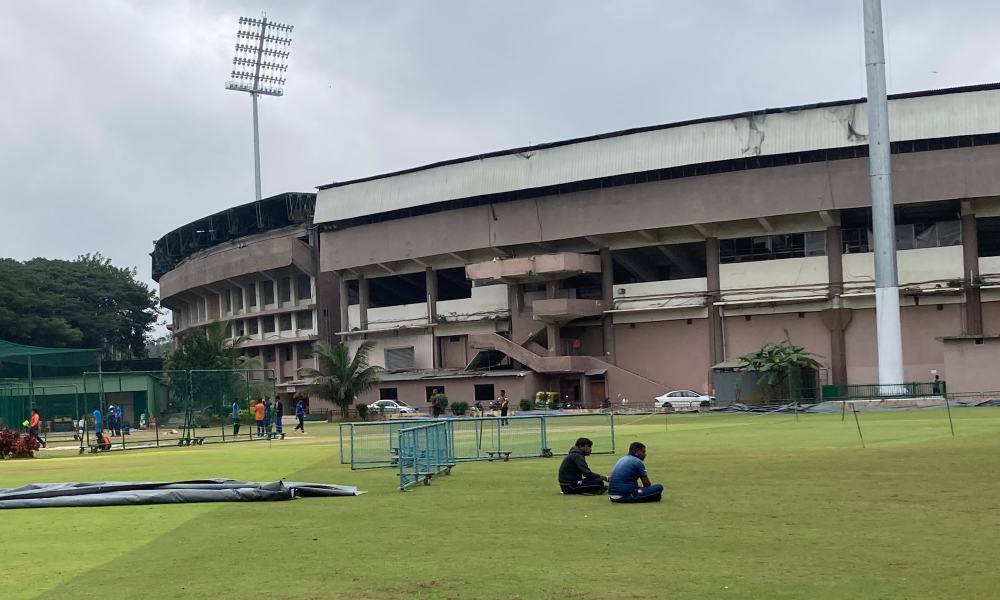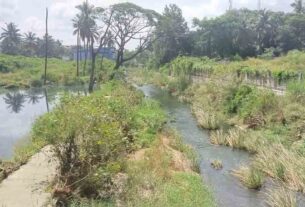Only 2.72 percent area of the city is available as open space, reports indicate.
The demand for private playgrounds has increased because of the decreasing number of public playgrounds in the city. People choose to pay for artificial turf in search of better facilities because public playgrounds are not maintained properly.
Likith N, owner of Sportingo in Raja rajeshwari Nagar said, “We started the turf in the year 2018 with 10 – 15 regular customers. Now, we have more than a hundred players every day. On weekends, around 120–130 players visit us.”
Osman, manager of Tiento sports in Lalbagh said that they opened two football playgrounds in 2015. The playgrounds were started as a training institute. Later, when the private playgrounds evolved in the city, they started renting the place.
Players are willing to pay a hefty amount of money to these grounds because they find these grounds safer and accessible. Manvendra Singh Bharti, a football player, said, “Artificial playgrounds charge a hefty amount. I pay Rs. 1000 per hour on weekdays and Rs.1200 per hour on weekends. But, I don’t have any alternative as there are no public playgrounds in my area.”
Yellapa Reddy, an environmentalist, said that the decreasing number of open spaces in Bangalore is because of increasing urbanization and lack of proper planning. Public playgrounds are being replaced with buildings. Karnataka Town Country Planning Act (1961) suggests that there should be at least 15 percent open space in the city. The development plans proposed in the 1980’s, 1990’s, and 2005, presented a similar idea but it was never implemented.
A 2017 survey by Janaagraha Centre for Citizenship and Democracy suggested that only 2.72 percent area of the city is available as open space. With a population of 8.4 million, 19.31 square kilometres out of 709 square kilometre of area is available as open space which accounts for 2.2 square kilometres of open space per person. Yash Aggarwal, a cricket player said, “Public playgrounds are overcrowded as there are very few in the city. I can’t afford to pay for artificial playgrounds every day, so I only visit them twice or thrice in a week.”
Under Urban and Regional Development Plans Formulation and Implementation guidelines (URDPFI) issued by the Ministry Of Urban Development, space needs to be reserved for playgrounds in all localities being developed. It also suggests that one percent of the fund must be spent on maintenance of the sports infrastructure.
Avinash Award, an urban planner, said, “World Health Organisation (WHO) recommends ten meter square area per person. We are now left with only one square kilometres of area per person in the city. Earlier, it used to be eight meter square area per person in the 1970’s. This is because of vertical development.”
The private playgrounds were shut during the lockdown, but they didn’t lose their customers. The players came back to the spaces as soon as the restrictions were lifted, said Likith. He added that people are trying to avoid crowded playgrounds during the pandemic, so the business has been good after the lockdown.




